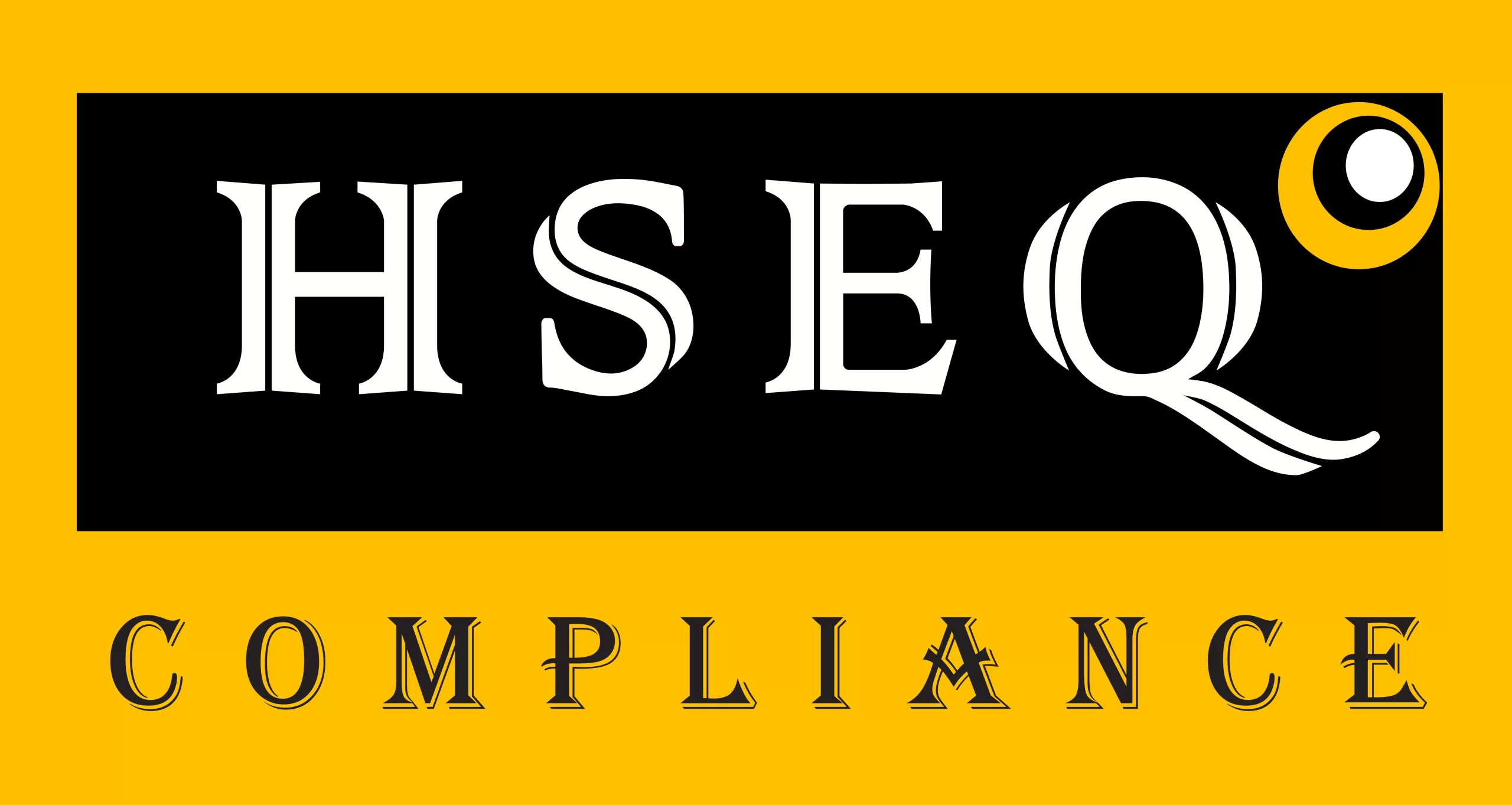An audit gap analysis compares current practices or conditions with desired standards or regulatory requirements. This process assists in identifying areas where an organisation falls short of expectations or has room for improvement. Here’s a structured approach to performing an audit gap analysis.
What Is A Gap Analysis?
A gap analysis is a structured approach to assess discrepancies between current and desired states or standards within an organisation. It involves comparing existing processes, performance, or conditions against established benchmarks or goals. By identifying these gaps, organisations can pinpoint areas needing improvement or development to meet objectives, regulatory requirements, or industry standards. The process typically includes thorough evaluation, root cause analysis, and the formulation of actionable recommendations aimed at closing the gaps effectively. Gap analyses are crucial for fostering continuous improvement and strategic alignment, ensuring organisations stay competitive and compliant in their respective fields.
Comprehensive Guide and Steps to audit gap analysis
Define the Scope and Objectives
Before beginning the analysis, clearly define what you want to achieve and the scope of the audit. This includes identifying:
- Audit Objectives: What specific standards, regulations, or best practices will you audit against?
- Scope: Which departments, processes, or systems will be included in the audit?
Identify Standards and Criteria
Determine the standards, regulations, or criteria against which you will conduct the audit gap analysis. Examples include:
- Legal Requirements: Laws and regulations relevant to your industry.
- Industry Standards: Best practices or guidelines established by industry bodies.
- Internal Policies: Organisational policies and procedures.
Gather Information
Collect relevant data and documentation that will serve as the basis for your analysis:
- Document Review: Policies, procedures, manuals, and previous audit reports.
- Interviews: Talk to key stakeholders and personnel involved in the processes being audited.
- Observations: Observe processes and practices directly if possible.
Perform the Gap Analysis
Now, compare the current state against the desired standards or criteria:
- Gap Identification: Identify areas where there are discrepancies between current practices and the standards.
- Root Cause Analysis: Determine why these gaps exist. Is it due to lack of resources, inadequate training, or outdated procedures?
- Impact Assessment: Evaluate the potential impact of each gap on the organisation in terms of compliance, efficiency, or risk.
Report Findings
Document your findings in a clear and comprehensive report:
- Executive Summary: Provide an overview of the audit objectives, methodology, and key findings.
- Detailed Analysis: Describe each identified gap, including its nature, location, and severity.
- Recommendations: Propose actionable steps to address each gap. These should be specific, measurable, achievable, relevant, and time-bound (SMART).
Develop an Action Plan
Work with relevant stakeholders to develop an action plan based on your recommendations:
- Prioritisation: Determine which gaps should be addressed first based on their impact and urgency.
- Responsibilities: Assign responsibilities for implementing each action item.
- Timeline: Establish realistic timelines for completion of each action.
Monitor and Follow-Up
Track the progress of your action plan and conduct follow-up audits as necessary:
- Monitoring: Regularly check the status of implementation for each action item.
- Adjustments: Modify the action plan if necessary based on new information or changing circumstances.
- Documentation: Maintain detailed records of all audit findings, actions taken, and outcomes.
Tips for Success:
- Collaboration: Involve relevant stakeholders throughout the process to ensure buy-in and effective implementation of recommendations.
- Continuous Improvement: Use the findings from your audit gap analysis to drive continuous improvement within the organisation.
- Training and Awareness: Provide training and awareness programs to address any knowledge or skill gaps identified during the audit.
Conclusion
Conducting an audit gap analysis is a systematic process that requires careful planning, thorough investigation, and clear communication of findings and recommendations. By following these steps and tips, organisations can effectively identify and address areas for improvement, ensuring compliance with standards and enhancing overall performance.

